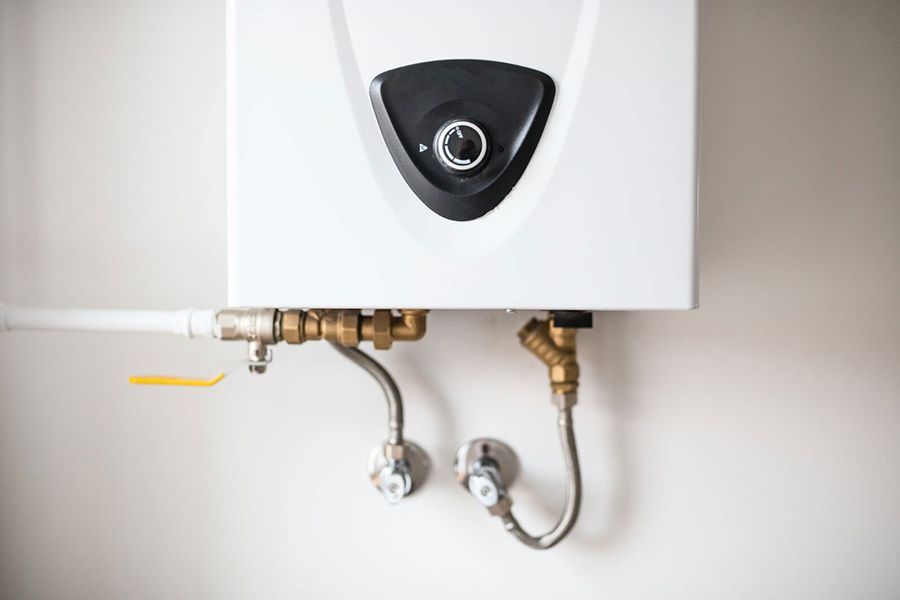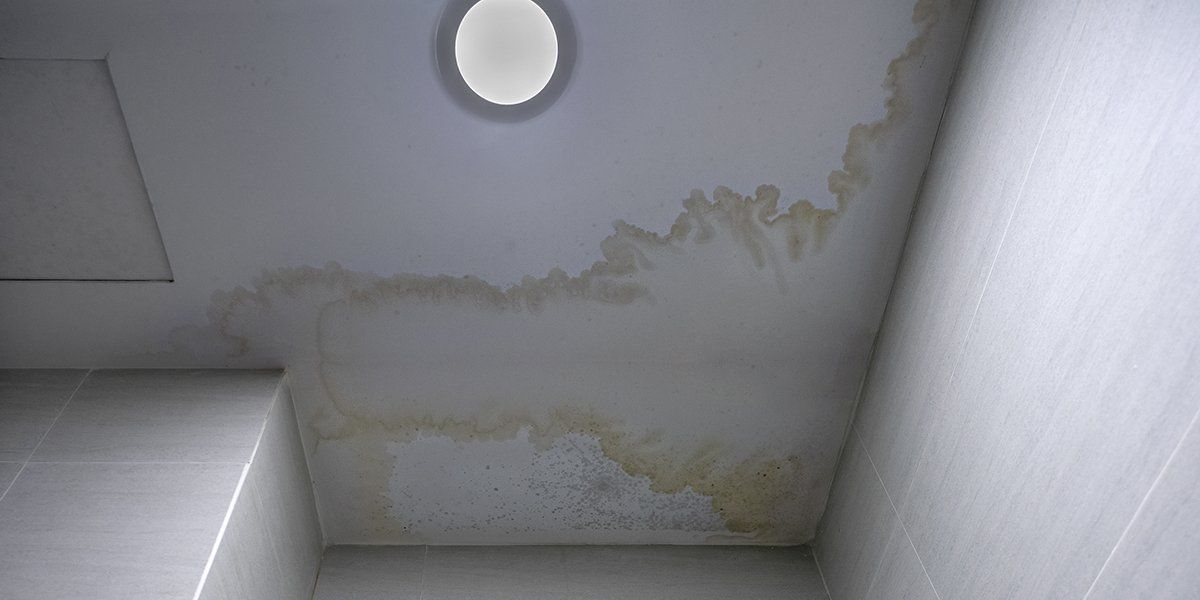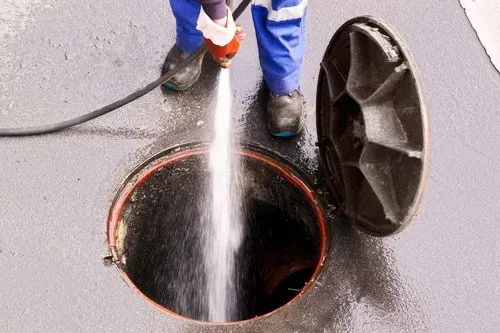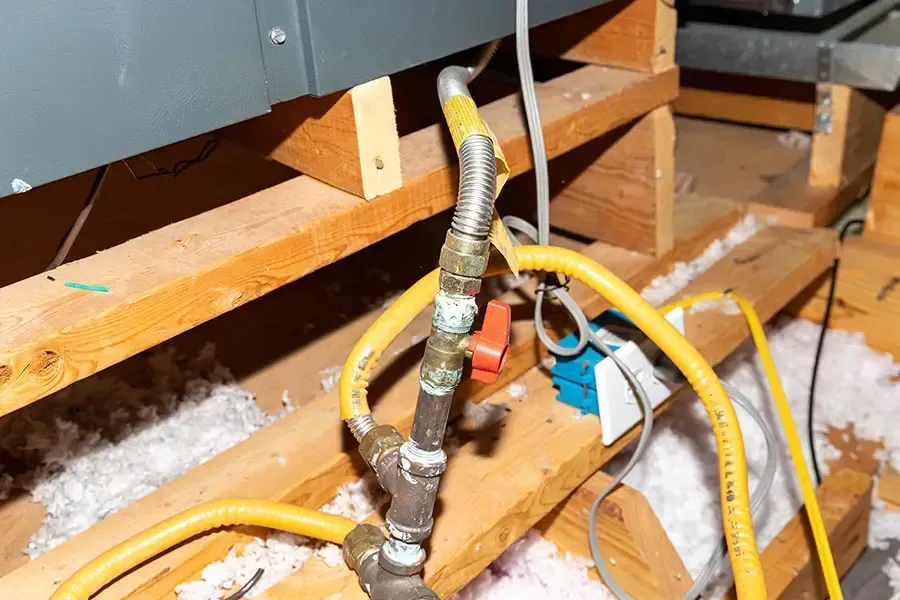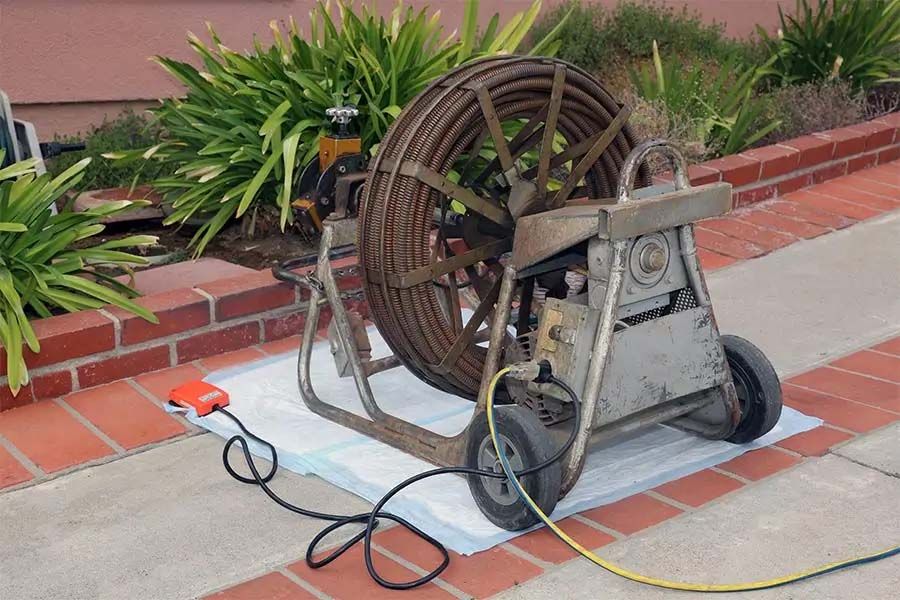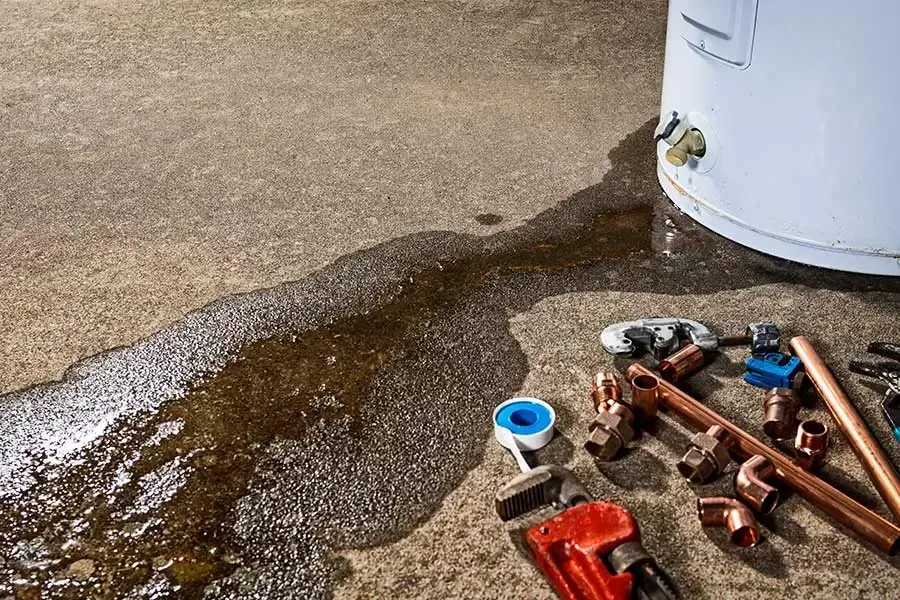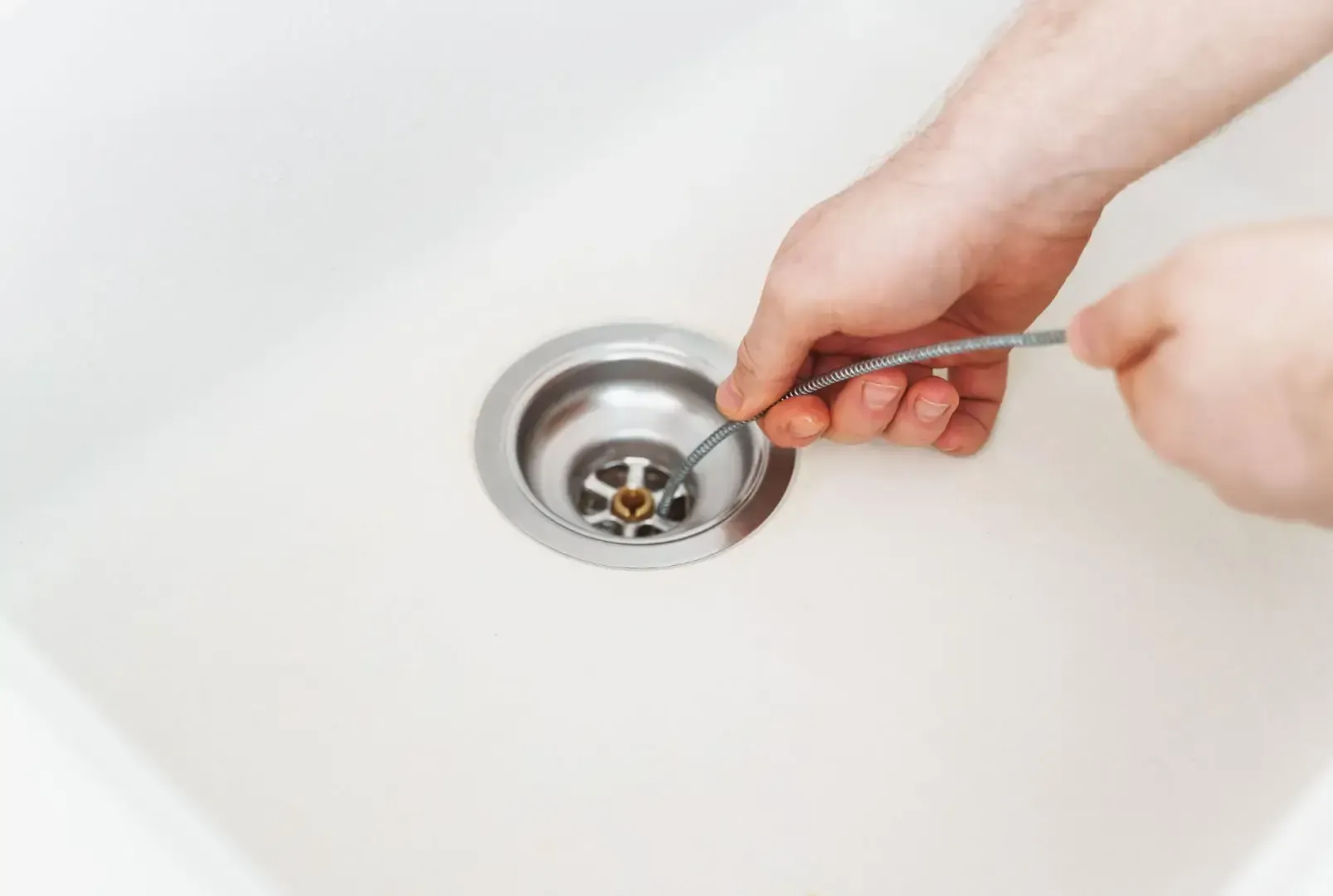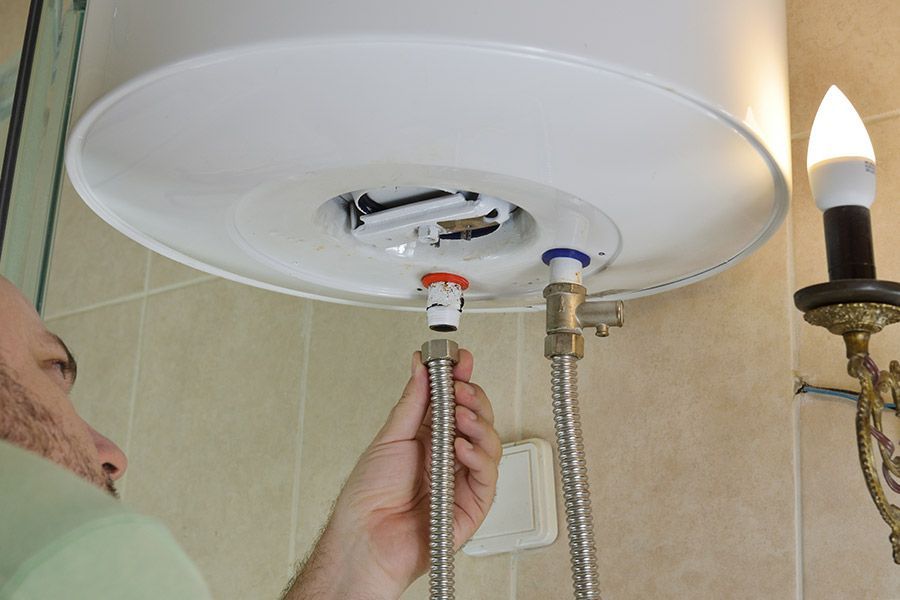Plumbing a Double Kitchen Sink: How It Works
When you’re upgrading your kitchen with a new sink, turn to Formica Plumbing & Sewer Co., Painesville’s expert plumbers, for help with a perfect installation. Call 440-557-4743 to reach the team and schedule service.
The kitchen sink is the center of any kitchen. You might take it for granted, but a working sink is critical to food preparation, cleanup, and other household activities. A double sink is even more useful, but double kitchen sink plumbing requires a slightly different approach than adding a traditional single basin.
Formica Plumbing and Sewer has decades of experience installing all types of sinks in kitchens, bathrooms, laundry rooms, utility rooms, and more. If you’re thinking about adding an extra basin to your home, here are a few things to know before getting started.
What You Need to Know Before Investing in a Double Kitchen Sink
If you like to cook, you know that working with a single-basin sink can sometimes be challenging. As the dishes pile up during preparation, it becomes more difficult to access the tap and get water to clean veggies, rinse your hands, or fill pots.
A double basin sink solves this issue by giving you separate and potentially larger basins. You can use one for dishes and one for prep. Two sinks also make other household tasks easier, but before you start planning, there are a few things to know.
Confirm You Have Adequate Space
Installing a double-basin sink requires that you have space for both the sinks and the plumbing underneath. You’ll have to sacrifice some counter space. Make sure both sinks can fit into the hole in the countertop on all sides; choosing an under-mount sink eliminates the space taken up by the edges of the basin resting on the countertop but requires the same size hole.
You Have to Turn Off the Water Supply
Before performing any plumbing work, you have to turn off the water supply or risk a big mess. While plumbing a double kitchen sink, you can turn off the individual hot and cold water isolation valves under the sink. If you don’t have those valves, then you will need to turn off the main water line to your home.
Double Sinks Share One Drainage Line
Replacing a single sink with two sinks does not require installing individual drainage lines for each sink. Instead of connecting directly to the P-trap drain, each basin has a tailpiece sanitary tee that meets up with the P-trap drain to send all the wastewater down the single drain pipe. Another option is to use a swing tee trap.
It’s Easy to Connect a Dishwasher
Homeowners often wonder if adding a second sink means sacrificing the dishwasher or requires an investment in additional drain lines to accommodate the water coming from the appliance. The answer to both questions is no. Because dishwasher drain lines are generally small (no more than three-quarters of an inch in diameter), a plumber can connect them to the sink drainage line without any issues.
Another option is to connect the dishwasher drain line to the garbage disposal. Most garbage disposals have a dedicated connection to accommodate the dishwasher, making it simple to include the appliance when plumbing a double kitchen sink.
The Basics of Installing a Double-Basin Sink
The big difference between installing double basin sinks compared to those with a single basin is the addition of the tailpiece sanitary or swing trap tee to connect the individual drains to the one main drainage line. Otherwise, the process is the same as any other sink installation.
Install the Sink
The first step in a sink installation is to place the basin. The edges of a drop-in sink rest on the edge of the countertop, secured by plumber’s caulk or putty, or in some cases, clips and screws. An under-mount sink stays in place using heavy-duty clips, adhesive, and plumber’s caulk or putty.
Measure the Drain Outlet Pipe
The drain outlet pipe comes up from the floor and connects to the P-trap. There needs to be enough space to accommodate both drain tailpieces and the swing or sanitary tee. If there isn’t enough space, the plumber will have to move the drain outlet pipe to fit the entire mechanism.
Connect the Drain Tailpieces
After cutting the PVC pipes to the correct length, the plumber attaches the tailpieces to the basket strainers in the sinks using a compression nut. These nuts help keep the tailpieces in place and create a watertight seal.
Connect the Sanitary Tee
The plumber has two options for adding a sanitary tee (the pipe that connects the tailpiece to the drainage line). The first option is to attach the tee to one tailpiece and install the other one at a 90-degree angle to connect to it. The other choice is to place the tee between both tailpieces, meaning that the plumber installs a 90-degree fitting piece at the end of each tailpiece with a length of horizontal pipe that connects to the sanitary tee.
Install the P-Trap
The P-trap is the curved section of pipe between the sanitary tee and the drain outlet. The design makes it easy to remove to clear clogs or perform other plumbing repairs, and it can catch items like jewelry that accidentally wash down the drain. The P-trap attaches to the main drainage line.
After the drain lines for the double sink are in place, plumbers install the faucet and turn the water back on.
Let Formica Plumbing & Sewer Install a Convenient Double-Basin Sink
If you want to upgrade your kitchen with an extra basin, talk to Formica Plumbing & Sewer Co. about plumbing a double kitchen sink. Dial 440-557-4743 to reach our team of expert plumbers and learn more about the installation process, how to hire a plumber, and what you can expect when you work with our friendly and knowledgeable team. Check out our hundreds of five-star reviews and call now for assistance with any plumbing project.
Author Bio:
Matt Formica
He worked side by side with his cousin, Frank D. and sister Linda, in the office. The company has grown and now has six vans helping the surrounding communities with plumbing and sewer issues.
